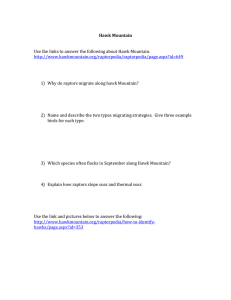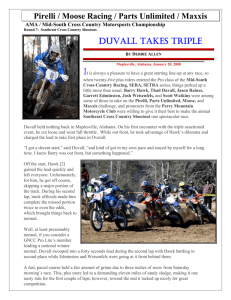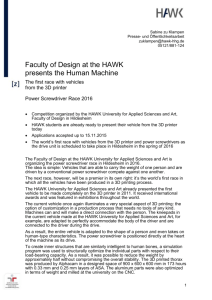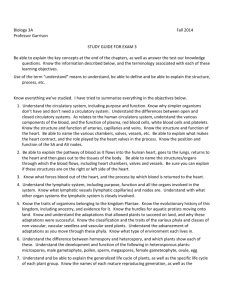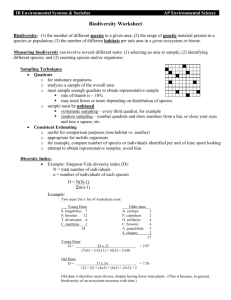field interpretive techniques i - bates fall final exam study guide
advertisement
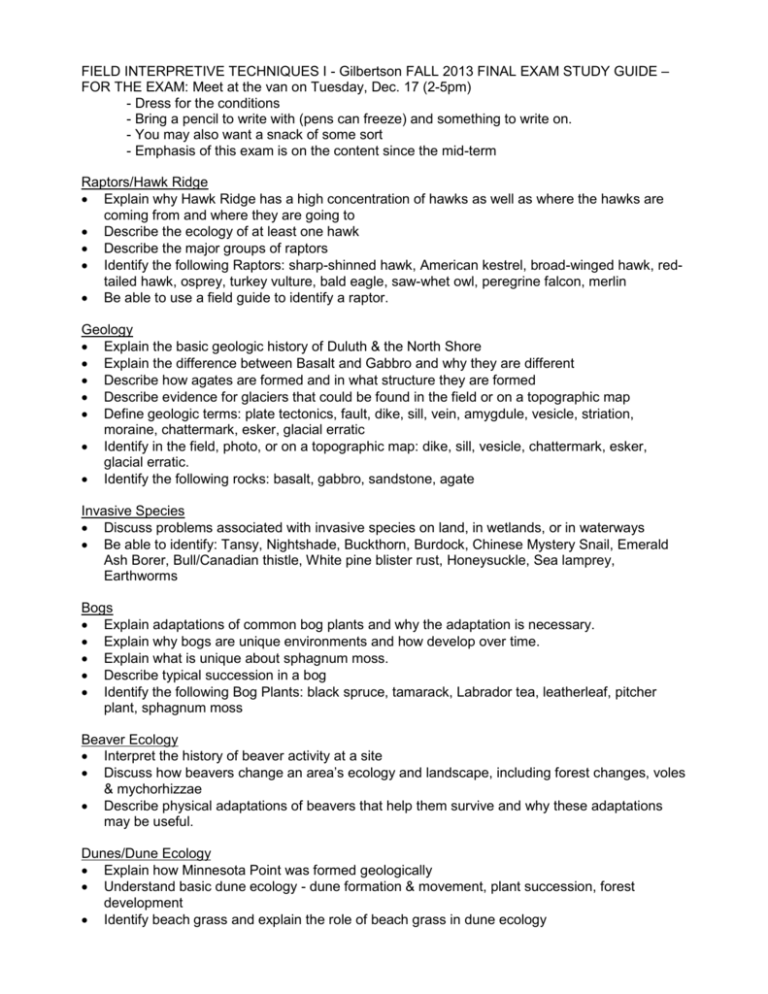
FIELD INTERPRETIVE TECHNIQUES I - Gilbertson FALL 2013 FINAL EXAM STUDY GUIDE – FOR THE EXAM: Meet at the van on Tuesday, Dec. 17 (2-5pm) - Dress for the conditions - Bring a pencil to write with (pens can freeze) and something to write on. - You may also want a snack of some sort - Emphasis of this exam is on the content since the mid-term Raptors/Hawk Ridge Explain why Hawk Ridge has a high concentration of hawks as well as where the hawks are coming from and where they are going to Describe the ecology of at least one hawk Describe the major groups of raptors Identify the following Raptors: sharp-shinned hawk, American kestrel, broad-winged hawk, redtailed hawk, osprey, turkey vulture, bald eagle, saw-whet owl, peregrine falcon, merlin Be able to use a field guide to identify a raptor. Geology Explain the basic geologic history of Duluth & the North Shore Explain the difference between Basalt and Gabbro and why they are different Describe how agates are formed and in what structure they are formed Describe evidence for glaciers that could be found in the field or on a topographic map Define geologic terms: plate tectonics, fault, dike, sill, vein, amygdule, vesicle, striation, moraine, chattermark, esker, glacial erratic Identify in the field, photo, or on a topographic map: dike, sill, vesicle, chattermark, esker, glacial erratic. Identify the following rocks: basalt, gabbro, sandstone, agate Invasive Species Discuss problems associated with invasive species on land, in wetlands, or in waterways Be able to identify: Tansy, Nightshade, Buckthorn, Burdock, Chinese Mystery Snail, Emerald Ash Borer, Bull/Canadian thistle, White pine blister rust, Honeysuckle, Sea lamprey, Earthworms Bogs Explain adaptations of common bog plants and why the adaptation is necessary. Explain why bogs are unique environments and how develop over time. Explain what is unique about sphagnum moss. Describe typical succession in a bog Identify the following Bog Plants: black spruce, tamarack, Labrador tea, leatherleaf, pitcher plant, sphagnum moss Beaver Ecology Interpret the history of beaver activity at a site Discuss how beavers change an area’s ecology and landscape, including forest changes, voles & mychorhizzae Describe physical adaptations of beavers that help them survive and why these adaptations may be useful. Dunes/Dune Ecology Explain how Minnesota Point was formed geologically Understand basic dune ecology - dune formation & movement, plant succession, forest development Identify beach grass and explain the role of beach grass in dune ecology Describe the causes of a 'blowout' List common plants and animals that are found on Minnesota Point. Explain some of the adaptations which dune plants have that help them survive and why they need them Phenology Describe typical phenological events that occur during the fall List possible procedures for incorporating the environment & phenology into a school classroom, including possible themes Cultural History Compose a basic timeline of major culturally historic people/groups of the Lake Superior region Explain the Ojibwe story: o Where they came from and how they got to this region o Seasonal life of a historical Ojibwe – what main activities occurred in each season o Foods and crafts of the historical Ojibwe Discuss the Voyageur: o Where they were travelling and why o The challenges of paddling, portaging, and living for the voyageurs o Describe the rendezvous o Explain the difference between a “winterer” and a “pork-eater” Big Pine Logging o What the forest was like before and after logging o Discuss the tasks/jobs in a typical lumber camp during big pine logging era o Explain the process of cutting and transporting logs CCC Life o Discuss why the CCC was created o Explain what the men did for work and the present day result of their work o Comment on the daily life of a CCC worker Interpretation Describe basic principles of interpretation, including tangible & intangible resources and principles of interpretation from Gifts of Interpretation. List tangible and intangible resources of a given object or place Describe basic components of a lesson plan Define interpretation Discuss effective strategies for informal interpretation at sites such as Hawk Ridge or the Great Lakes Aquarium Discuss how an interpreter in the DNR would go about preparing a program and explain the various types of interpretive activities that occur in state parks. List Tilden’s Principles and be able to apply to teaching about an object. Ice & Water Explain the movement of water molecules and their alignment to form ice Explain the changes in density of water at various temperatures and how that relates to ice forming on the top of a body of water. Discuss life under the ice Answer the question of how a turtle can survive under the ice Misc. • Identify the trees that we have identified in class. Identify a tree using a field guide

